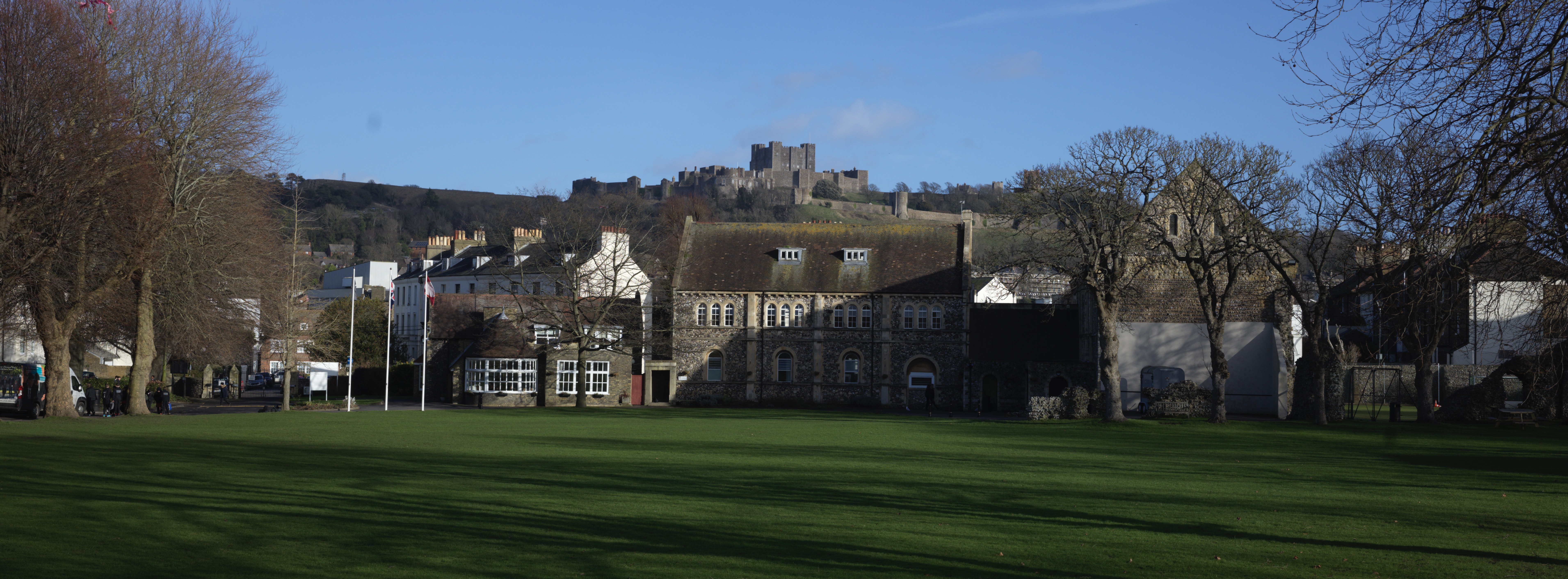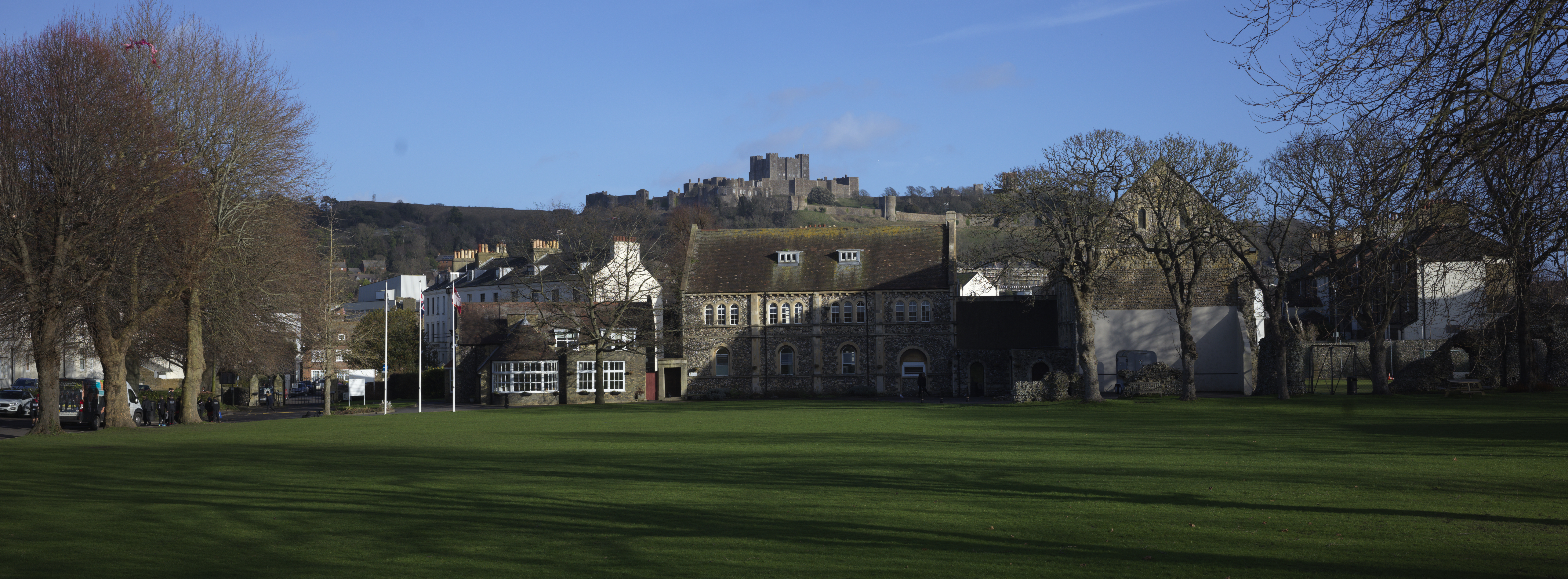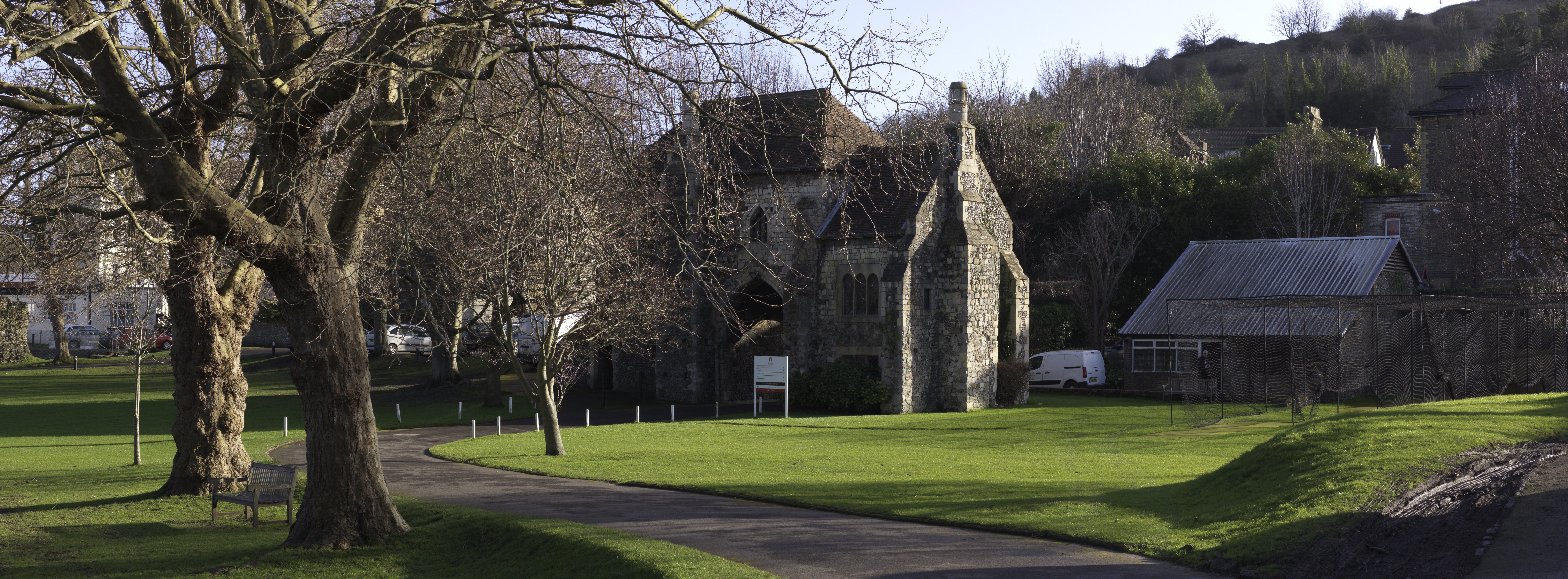Hasselbad Digital-XPAN format


So lets start with some definitions and the technical part of what is DIGITAL XPAN format.
The Hasselblad XPAN format is a unique photographic experience primarily associated with the Hasselblad XPAN film camera, which allows photographers to capture images in a panoramic format. The camera uses standard 35mm film to produce images that are much wider than the typical 35mm frame, offering a compelling aspect ratio that is ideal for landscapes, cityscapes, and other wide scenes.

Translating the XPAN format experience to digital medium format cameras involves a few different approaches:
1. **Using Digital Medium Format Cameras with XPAN-like Aspect Ratios**:
Some modern digital medium format cameras allow users to select custom aspect ratios that mimic the panoramic look of the XPAN. While not identical in terms of image size and scope, these settings can emulate the XPAN's panoramic aspect by cropping the sensor's output to a wider format. This doesn't truly replicate the XPAN's characteristics but does give a similar visual result.
2. **Panoramic Stitching**:
Another approach is to create panoramic images through stitching multiple images together. This can be done using any camera, including medium format digital cameras, by taking several overlapping shots and then merging them in post-processing software like Adobe Photoshop or Lightroom. This method can actually exceed the quality and resolution of traditional XPAN images because it combines the high resolution of multiple frames.
3. **Using a Hasselblad XPAN Lens with Adapters on Digital Cameras**:
For those who own XPAN lenses, it is possible to use these lenses on digital cameras (including medium format cameras) using appropriate adapters. This allows photographers to capture digital images with the unique optical qualities of XPAN lenses, though the panoramic aspect ratio would still need to be achieved through in-camera cropping or post-processing.
4. **Digital Simulations**:
Some photographers use post-processing techniques to simulate the look and feel of XPAN photos digitally. This might include not only cropping but also adjusting color profiles, adding grain, and tweaking contrast to mimic the characteristic look of film photography that XPAN is known for.
Overall, while digital medium format cameras do not naturally provide the same panoramic format as the XPAN film camera, creative techniques and tools can be used to achieve similar results. These methods leverage the higher resolution and digital convenience of modern cameras while capturing the spirit of the XPAN's wide, cinematic scenes.